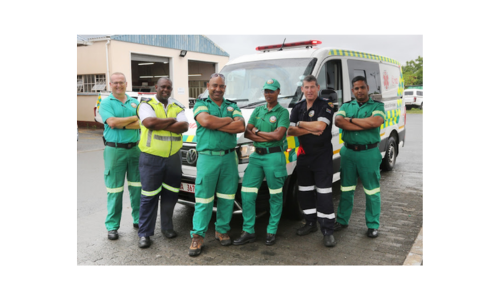Alright, let’s cut through the formal fluff for a second—being an ambulance assistant isn’t just stressful, it’s straight-up wild sometimes. These folks? Yeah, they’re the ones who show up first when everything’s gone sideways. Car crashes, heart attacks, you name it—they’re knee-deep in the chaos, working with paramedics to keep people breathing and get them to the hospital in one piece. It’s not a gig you just stumble into; you need some serious training to handle all that pressure without totally losing your cool.
So, what’s the deal with ambulance assistant training? Basically, it’s your golden ticket into the world of emergency medicine. Think of it as EMT 101. You’re not running the show (yet), but you’ve gotta know your stuff. There’s an official course—can’t just show up and wing it. And in a lotta places, being an ambulance assistant is how you start climbing the ladder toward becoming a full-blown paramedic.
Let’s break down what they actually learn, ‘cause it’s more than just “put on this bandage and drive fast.”
First up, the book stuff. You gotta know how the body works, what to do if someone’s bleeding all over the place, and how not to freak out when someone stops breathing. CPR, stopping bleeding, keeping airways open—all that jazz.
Then, they actually get their hands dirty. You learn how to splint a busted arm, use all sorts of gear, slap on bandages, work an oxygen tank. They even toss you into fake emergencies—like, “Oh no, this guy’s ‘passed out’ in the stairwell, what now?” You figure it out before you’re tossed into the real thing.
And don’t forget the ambulance itself. It’s not just about driving fast with the siren blaring (though, admit it, that part’s gotta be kinda fun). You gotta know how the radio works, how not to drop your patient when you’re lifting them, and even basic stuff like making sure the ambulance isn’t gonna break down halfway to the ER.
Legal stuff? Yeah, there’s a whole section on what you’re actually allowed to do, keeping patient info private, and not getting sued. You’d be surprised how important that is.
But here’s the thing—technical skills only get you so far. You’ve gotta actually deal with people, sometimes in the worst moments of their lives. So there’s a lot of focus on talking to folks, working as a team, and not losing your temper when things get tense. Staying cool under pressure isn’t something you can fake.
How long does all this take? Depends where you live, really. Sometimes it’s a couple months, sometimes longer. You’ll need a high school diploma (or something close), a driver’s license, and to be in decent shape. Background check too, because… well, obvious reasons.
After all the classwork, you’re not just tossed out on your own. There’s on-the-job training, where you ride along with the pros—think of it like a medical apprenticeship. You prove you can handle it before they hand over your shiny certification.
And honestly, this job’s not standing still. With healthcare always changing, ambulance assistants are learning new tricks all the time. Some places are letting them do more advanced stuff, use fancier tech, or even help out with community health projects. Stick with it, and before you know it, you might be running the ambulance—or even moving up to be a paramedic or nurse.
So yeah, ambulance assistant training isn’t just “step one” for healthcare nerds. It’s a crash course (pun intended) in saving lives, thinking on your feet, and keeping your sense of humor even when things get nuts. Not just helpers—they’re the real deal when everything goes sideways.




Am a hard working man with intension to participate in reaching our goal as a business am willing to give my all for this opportunity
Way to go!